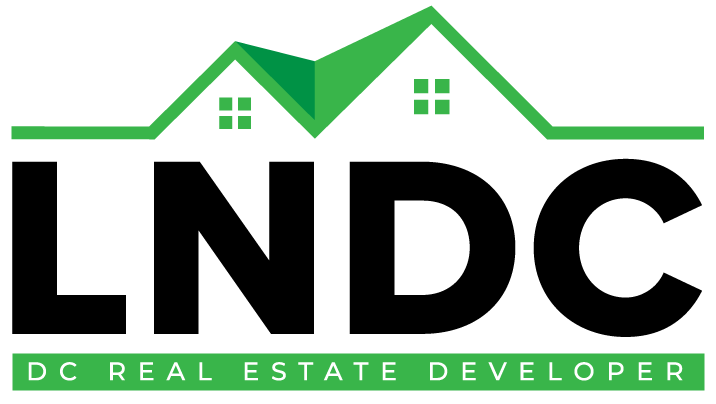How Long Does It Take to Build a New Home?
Building a new home is one of life’s most exciting adventures, but it also requires patience. After all, you’re creating a space designed to suit your dreams and needs. But let’s address the big question: How long does it take to build a new home? The answer depends on several factors, and we’re here to break it all down for you.
What’s the Average Timeline for Home Construction?
On average, building a new home takes about six to twelve months. However, this varies depending on the complexity of the design, the size of the home, and even the location. Custom homes tend to take longer because they often involve unique designs and additional steps in the planning process.
If you’re eyeing a new neighborhood or a property that’s nearly ready for construction, you might find faster timelines. For instance, check out LNDC’s upcoming properties to explore options that could simplify your journey.
Key Stages in Home Construction
To better understand the timeline, let’s break down the process into clear stages:
1. Pre-Construction Phase
This stage includes finding the right location, finalizing designs, and securing permits. This can take 1-3 months. Delays often happen during this phase due to paperwork or waiting for approvals.
Need help deciding where to build? Consider exploring LNDC’s properties on the market for inspiration.
2. Site Preparation and Foundation
Once the paperwork is complete, the land needs to be prepared. Clearing, grading, and laying the foundation generally take another month.
3. Framing and Exterior Work
This is where your home starts taking shape! Framing the walls, installing the roof, and adding exterior finishes can take 1-3 months.
4. Interior Work and Finishing Touches
Plumbing, electrical, drywall, and interior design elements come next. This phase takes the most time—anywhere from 3-6 months, depending on customization and material availability.
5. Final Inspections and Move-In
Lastly, inspections ensure everything is safe and up to code. This can take a few weeks but is essential before you officially move in.
Factors That Can Impact the Timeline
While the average time to build a home is relatively predictable, several factors can extend or shorten the process. Here are the most common ones:
Weather Conditions
Bad weather can delay construction. Rain, snow, or extreme heat can slow down exterior work like roofing and painting.
Customization Levels
A fully custom home with intricate designs and features will take longer than a pre-designed model. Builders like LNDC specialize in creating unique homes. Check out their homepage to see what’s possible.
Material Shortages and Labor Availability
Supply chain issues or a lack of skilled workers can significantly affect construction timelines. Stay in touch with your builder to plan for these potential delays.
How to Stay Involved and Keep Things Moving
Being proactive and staying engaged can help keep your project on track. Here are a few tips:
- Communicate Regularly: Keep an open line with your builder to get updates on progress and potential delays.
- Plan Early: Make decisions about design, finishes, and appliances early to avoid delays.
- Work with Reliable Builders: Partnering with a trusted developer can save you time and stress. LNDC is known for delivering quality homes. Visit their homepage to learn more.
Is Building a New Home Worth the Wait?
Absolutely! While the process might test your patience, the result is a home tailored to your lifestyle and preferences. Whether you’re designing from scratch or exploring pre-built options, the experience of walking into a space you’ve envisioned is unmatched.
If you’re ready to start your journey or simply have questions, our team at LNDC is here to help. Click below to connect with us and take the first step toward your dream home.
Building a new home takes time, but with the right planning and the right team, it’s a rewarding journey. Whether you’re just starting to dream or actively searching for properties, exploring LNDC’s upcoming properties or on-market options is a great place to start. Ready to make your vision a reality? The clock’s ticking, and your dream home awaits!











